
In the central region of the country, a land blessed with dense forests, teeming wildlife, agreeable weather, fertile soil and unassailable hills lay the foundations of Mandu. It’s no surprise this town has been continuously inhabited through the centuries by everyone from primitive hunters, who recorded their exploits in nearby caves and rocks, to Hindu kings like the Paramaras, who used the town as a fortress, to the Pathan dynasties, who carved a beautiful citadel out of this green idyll.
It was under the Pathan Sultans, from the mid-1300s to the 1500s, that the ancient town achieved the status of capital. During this brief period of 150 years, Mandu covered itself in glory as it transformed into Shadiabad – ‘The city of joy’. A syntheses of Hindu and Muslim culture and craftsmanship, the Indo-Islamic architecture of Mandu was inspired by the grand monuments of Delhi but differentiated itself as the Malwa style with two main elements. The first of these indigenous features was the high plinths or platforms on which the buildings were constructed, an obvious feature of the Hindu temple style. The second and the most striking element was the use of colour as an important architectural scheme, combining the influence of Hindu and Persian traditions.
This period of innovation was short-lived as other, more prosperous Islamic kingdoms further refined the style. Soon after the decline of the Pathan dynasties, the spotlight on Mandu began to dim only returning for a brief seven months during the visit of Jahangir in 1617. The city saw considerable activity during the Mughal emperor’s visit: restorations, functions, hunts and meetings with embassies. After the fall of the Mughals, the kingdom came under the rule of the Marathas who moved their capital to the nearby Dhar, leaving Mandu to fall to ruin and be reclaimed by nature.
We’d like to show you around this beautiful forgotten kingdom through a collaboration between Sarmaya and photographer Amit Pasricha and his initiative India Lost & Found, which is reviving an interest among young Indians in the lost and overlooked heritage sites of our country. Charming watercolour art in the form of 19th-century engravings from the Sarmaya collection are accompanied with panoramic photographs from India Lost & Found to introduce you to the architectural marvels hidden away in this forested corner of Madhya Pradesh.
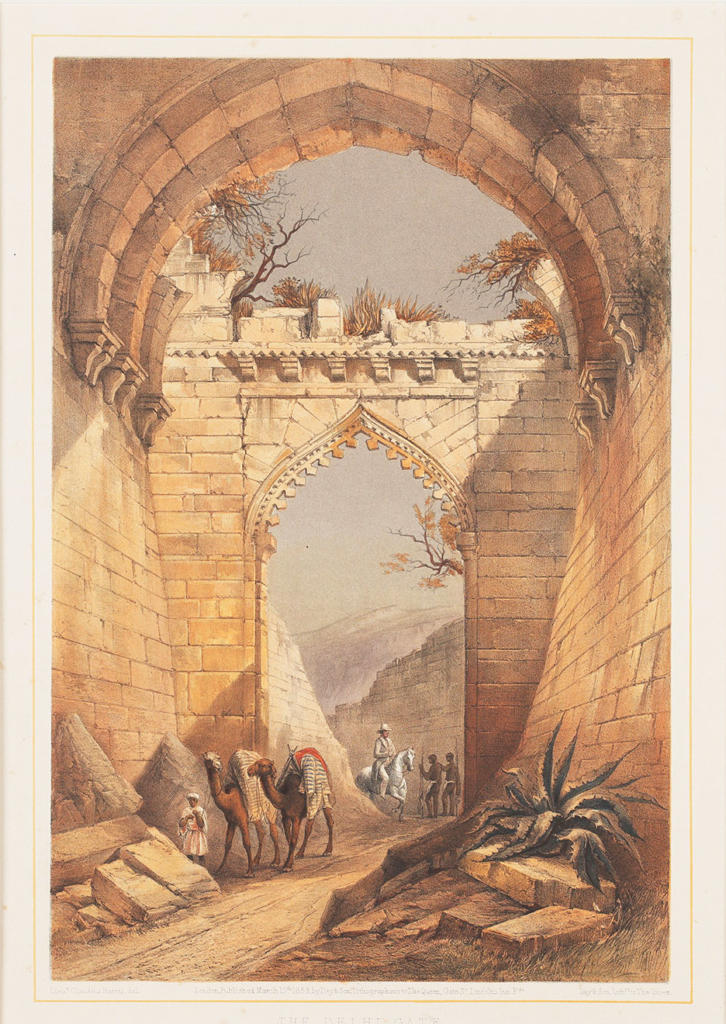
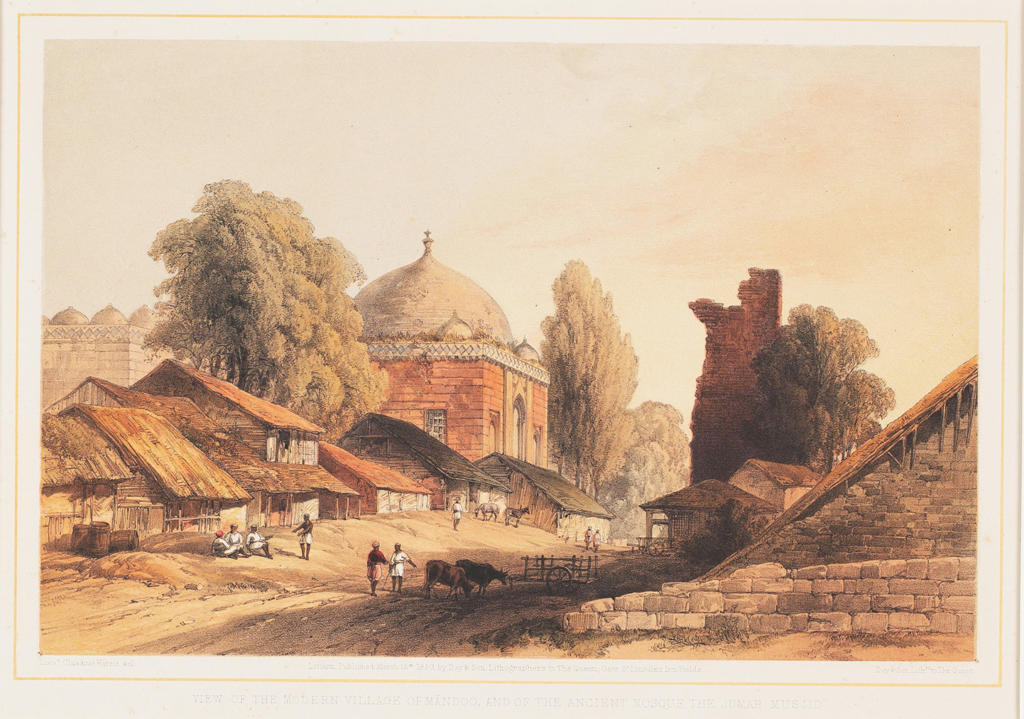
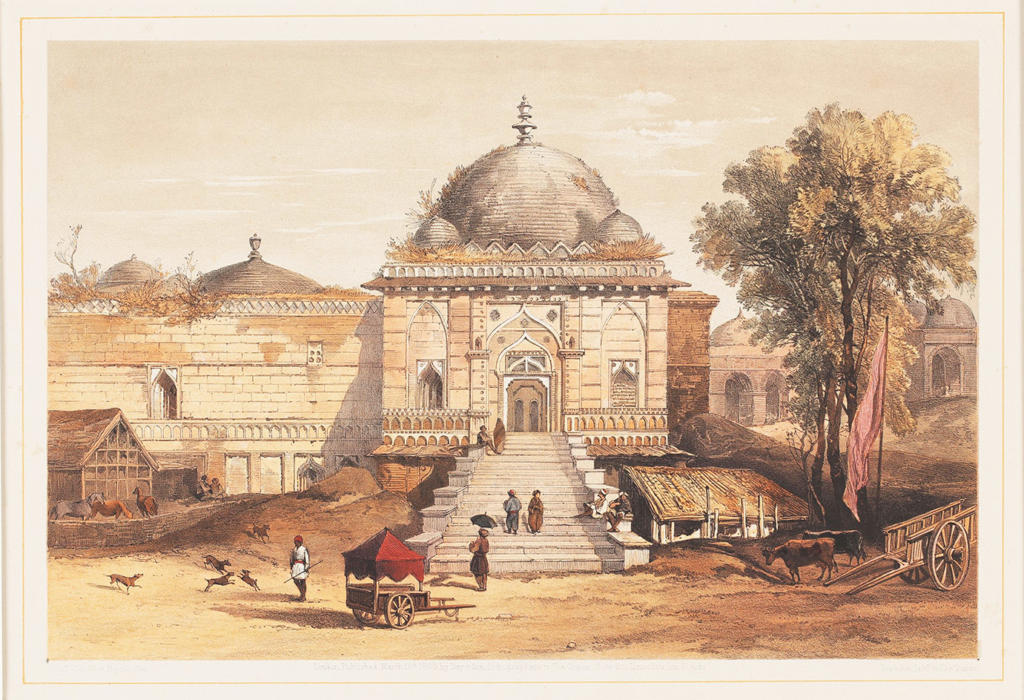

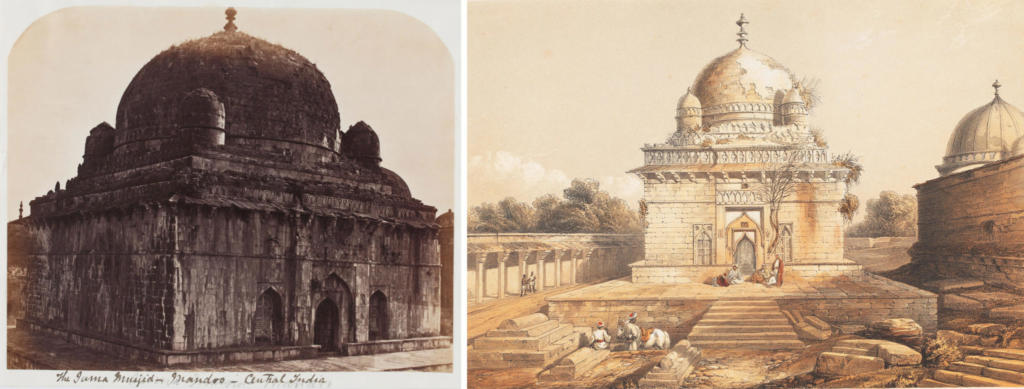
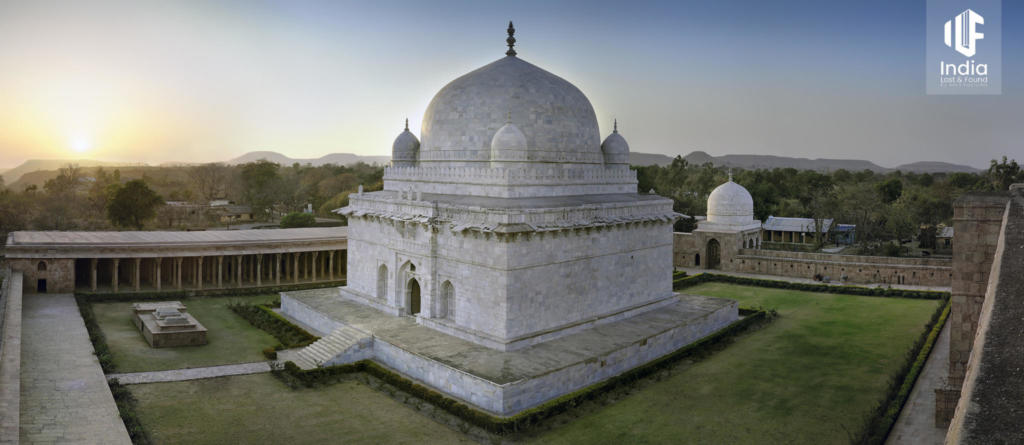
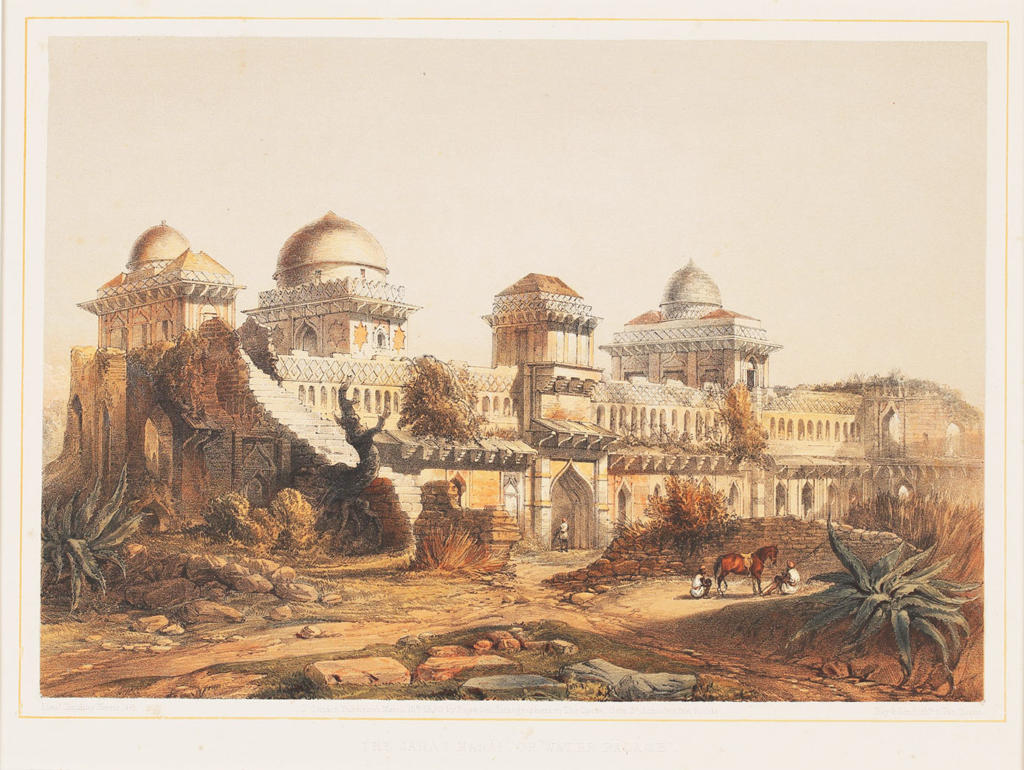
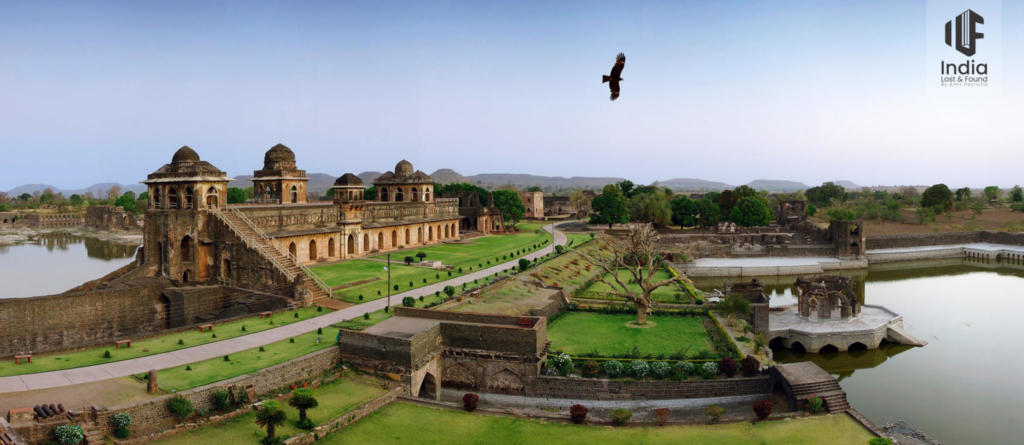
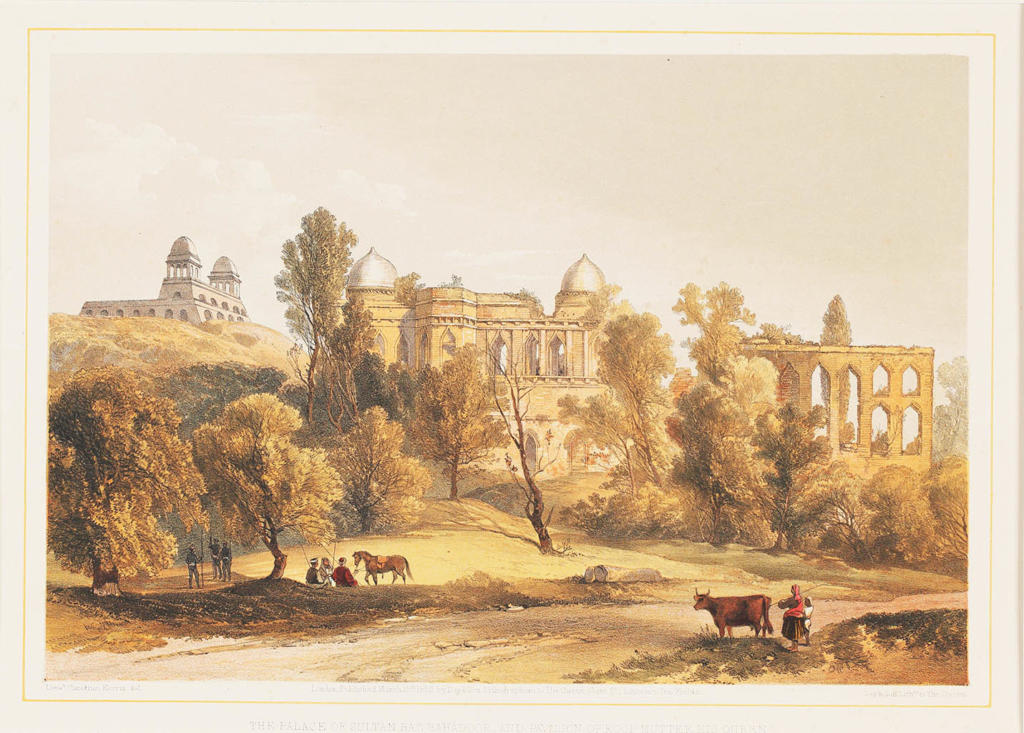
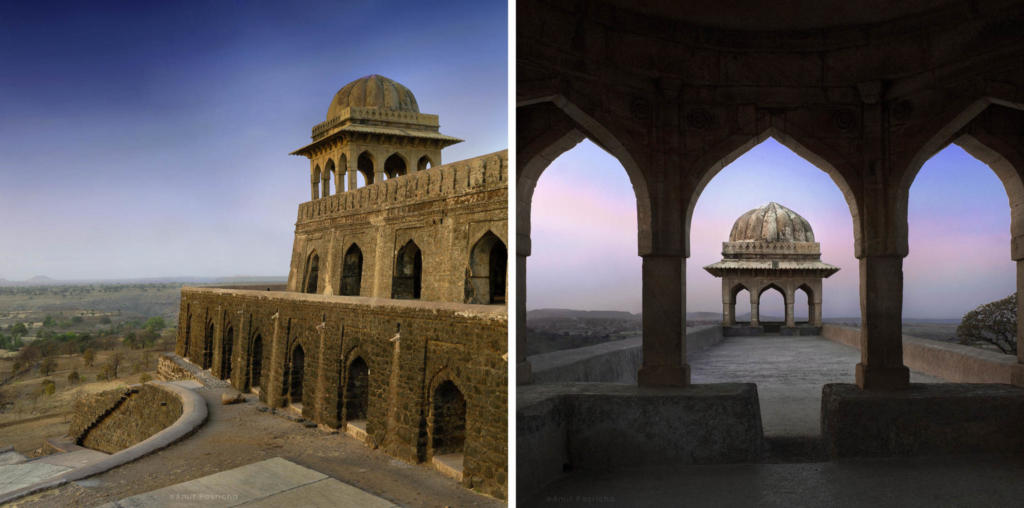
Splendid ❤️❤️
Nice